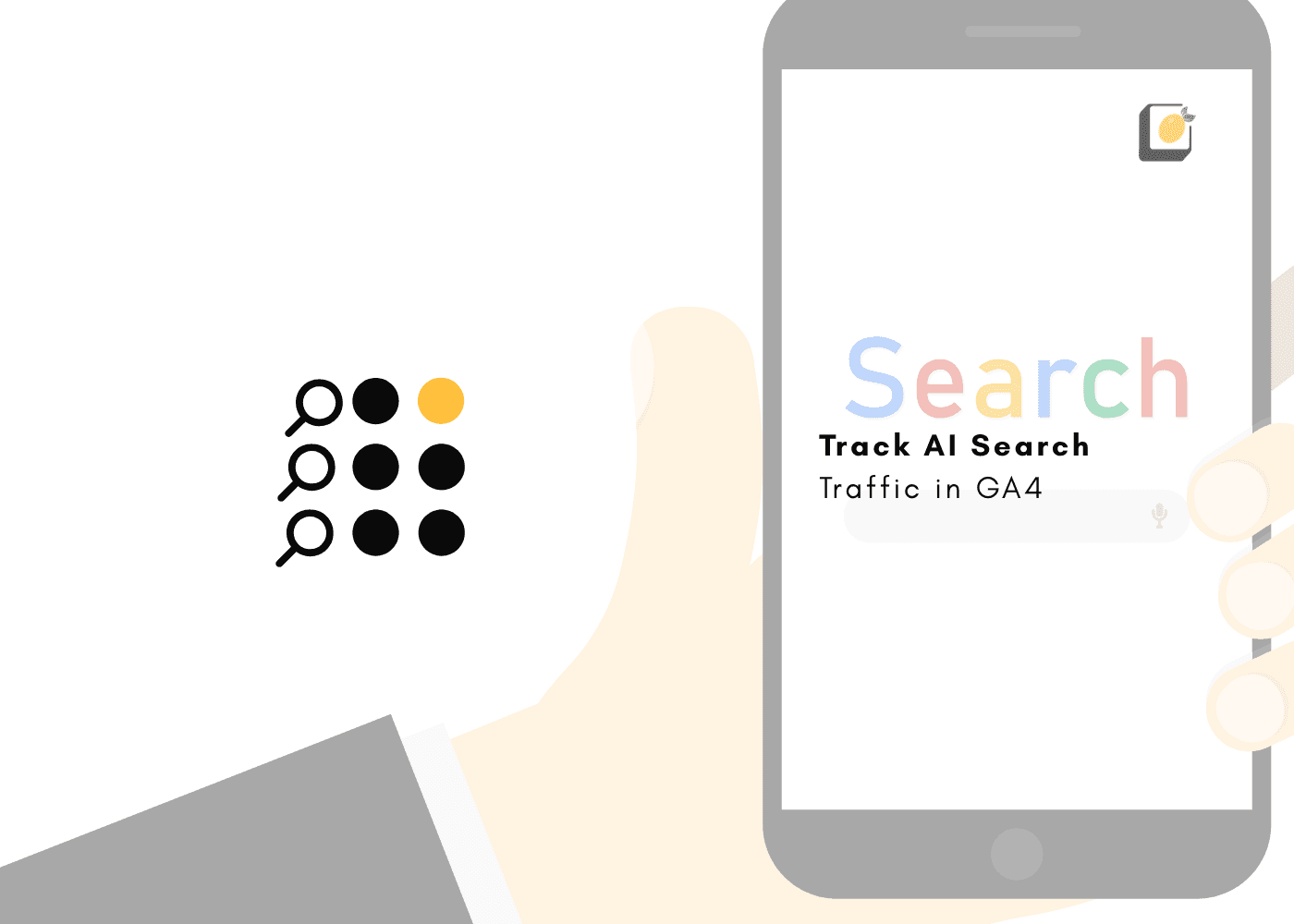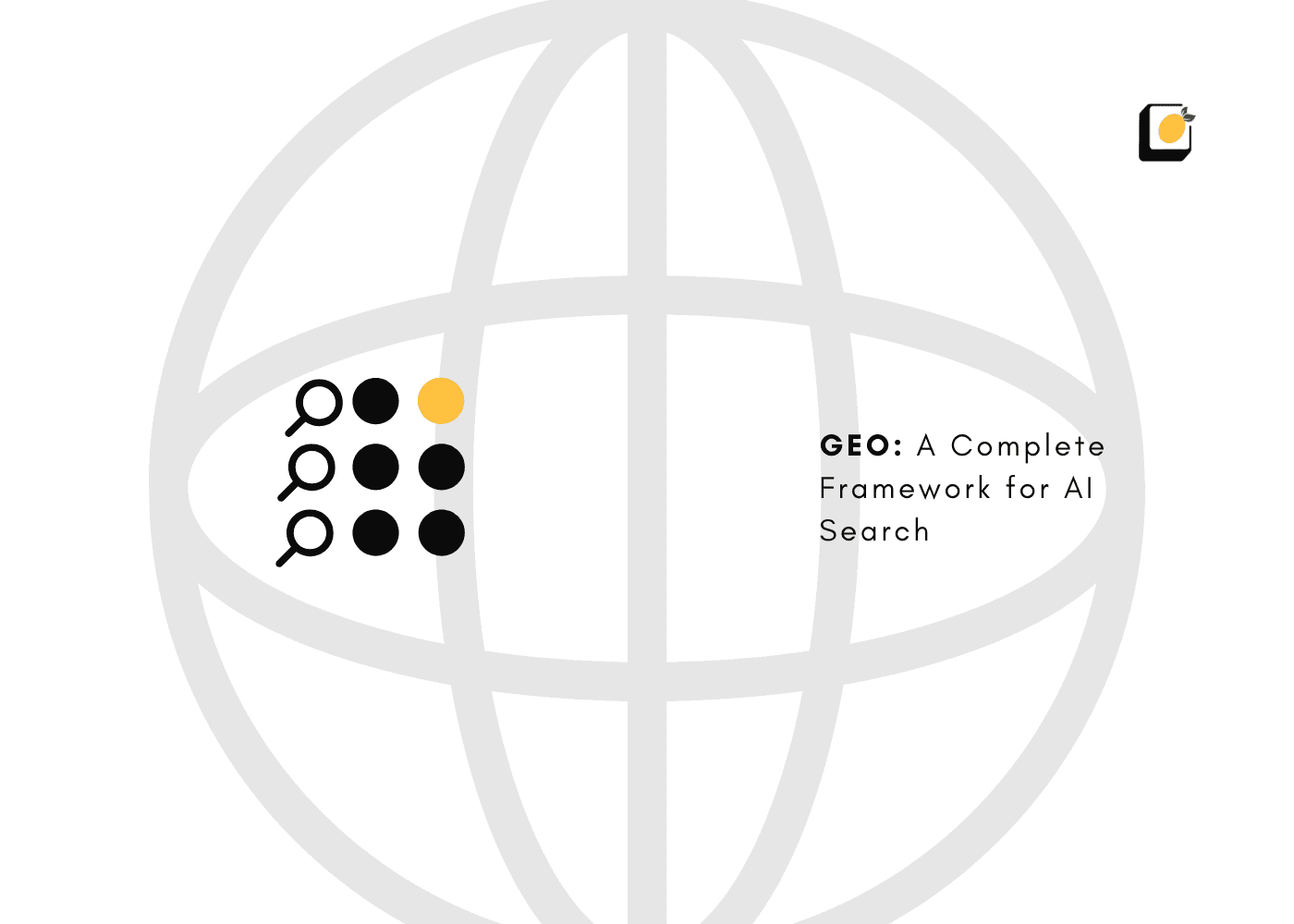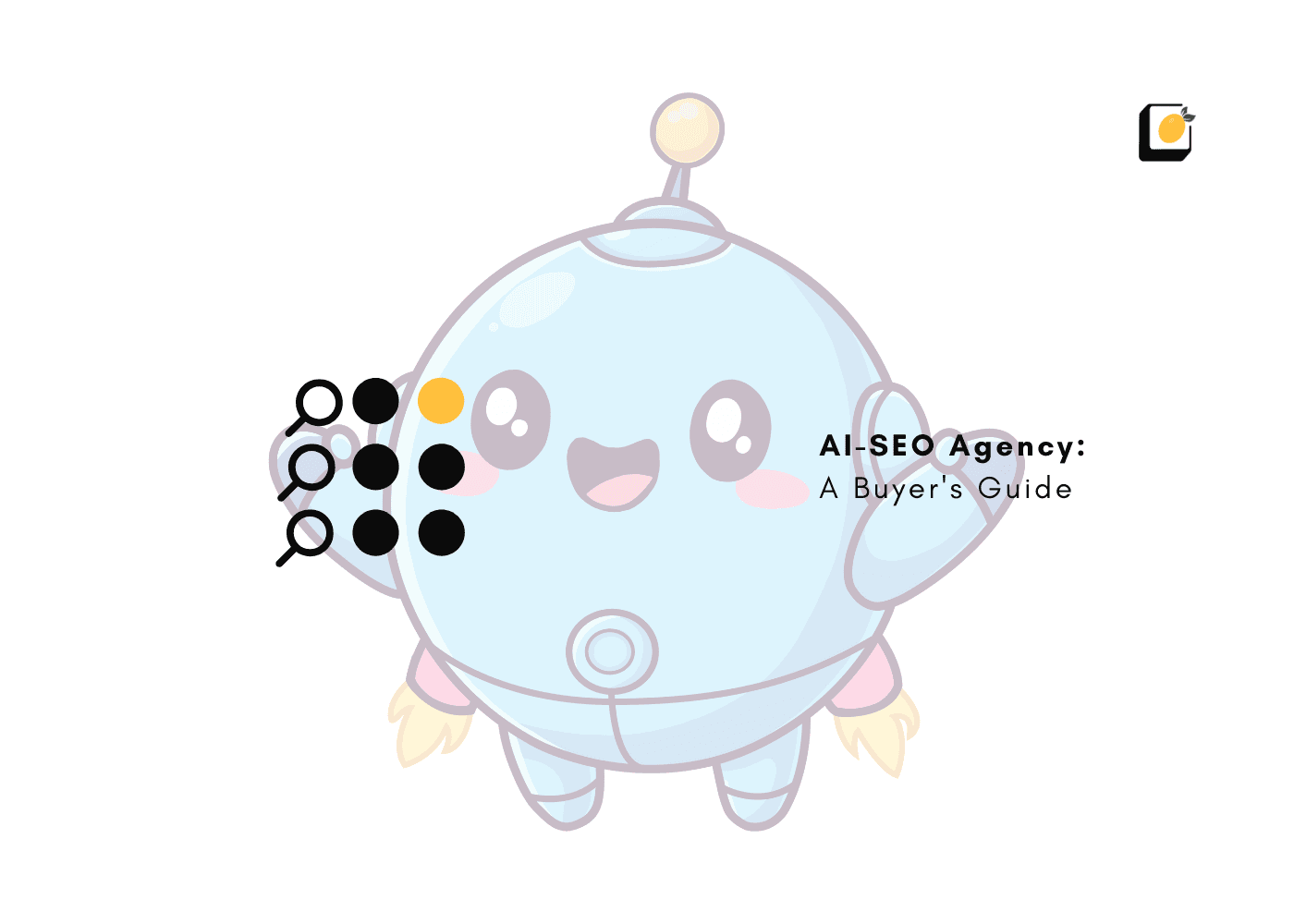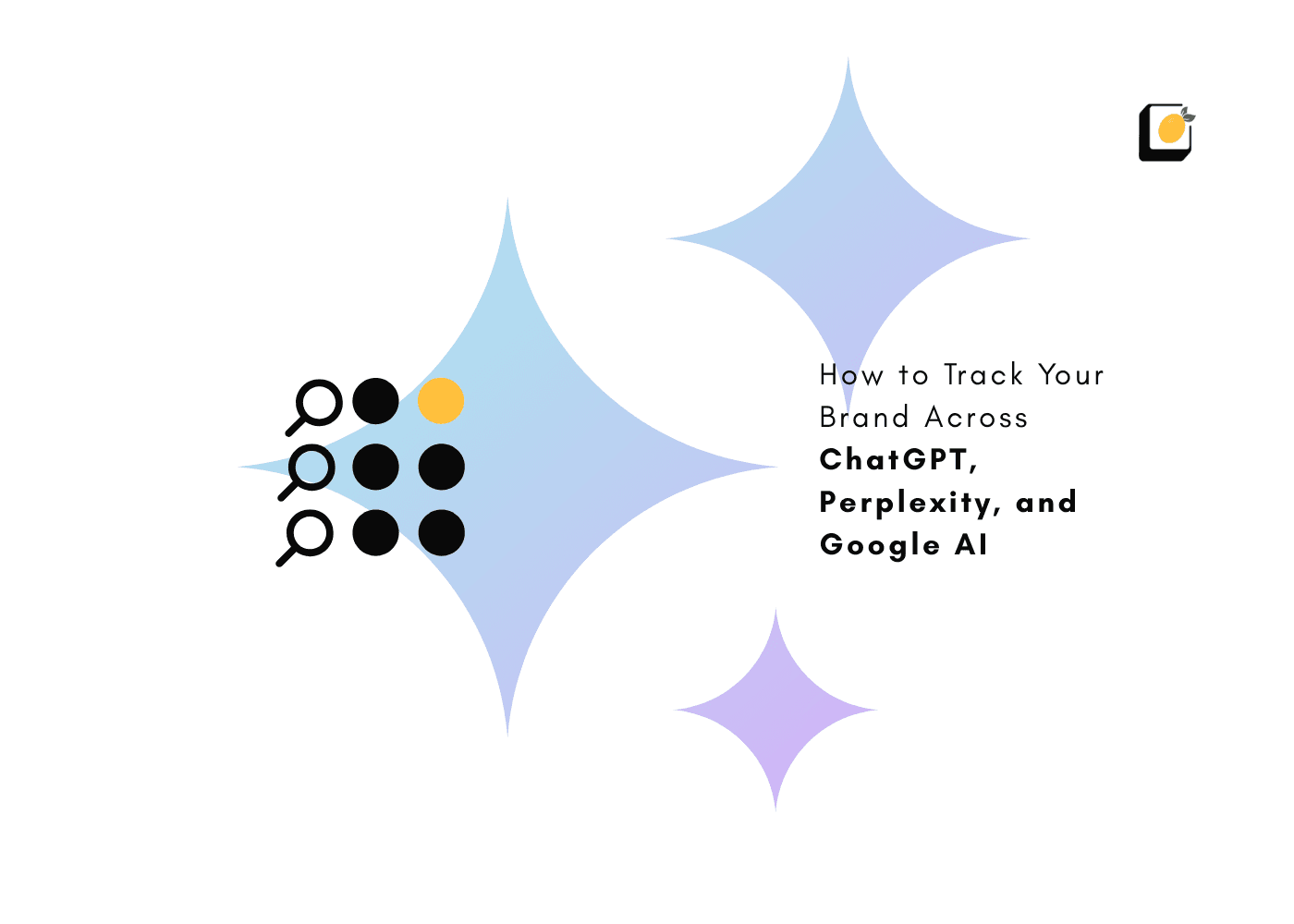What Is a SERP Feature?
July 8, 2025
Join 500+ brands growing with Passionfruit!
Most SEO strategies still obsess over rank position. But in today’s landscape, rank doesn’t guarantee attention. Visibility does.
And visibility is controlled by what Google places at the top of the results page: interactive, high-engagement SERP features. These include everything from Featured Snippets and Knowledge Panels to AI-generated overviews and Local Packs.
They dominate mobile screens, drive user interaction, and shape perception before users even reach the organic links.
If your content isn’t engineered to be eligible for these placements, it’s invisible. And for growth and marketing leads, this is often the most overlooked opportunity.
You don’t need more content. You need the kind of content that gets featured.
Looking to dominate SERPs with AI-driven SEO? Explore Passionfruit’s unified SEO stack today!
What Is a SERP Feature? (With Real Examples)
A SERP feature is any enhanced element on a Google search results page that provides more than a basic link. These include answer boxes, local maps, AI summaries, image or video carousels, and shopping listings. They’re designed to help users get what they need faster, often without clicking through.
You’ve likely seen them already: a concise definition at the top, expandable follow-up questions, a side panel with company details, or even a row of videos mid-page.
These formats change how search results are presented and interacted with. They’re now core to how users experience Google. If your brand isn’t showing up inside them, it’s getting scrolled past.
Why SERP Features Are Crucial for SEO ROI
Most teams chase rankings. The smart ones chase visibility. That starts with SERP features.
These placements sit at the top of the page, above organic results, and drive the majority of clicks. A Featured Snippet or Local Pack gets seen before any link below it.
More importantly, SERP features shape brand authority and trust. A Knowledge Panel makes your brand look established. A review snippet builds social proof. A “People Also Ask” placement puts you in front of adjacent searches, without needing to rank again.
They also act as a defense mechanism. If your content doesn’t appear in them, competitors, aggregators, or even AI-generated summaries may take your spot. That means lost traffic, diluted brand control, and missed conversion opportunities.
The search experience today is built around enhanced formats. SERP features are now the standard, not the exception.
The Complete List of Google SERP Features (2025 Edition)

There are dozens of Google SERP features, but not all of them matter equally. Here’s a curated list broken into categories, based on which ones move the needle.
Organic SERP Features
These are triggered by content relevance, authority, and structure:
Featured Snippets – Boxed answers from relevant web pages.
People Also Ask – Google-suggested follow-up questions.
Knowledge Panels – Structured brand/subject overviews.
Image Packs – Scrollable image rows.
Video Carousels – Embedded YouTube or hosted content.
Top Stories – News-focused articles on trending topics.
Sitelinks – Expanded site navigation under main result.
FAQ Schema – Toggle-friendly Q&A blocks under listings.
Reviews & Ratings Snippets – Star ratings from product or service pages.
AI Overviews – Generative answers powered by Google’s AI.
From Across the Web – Aggregated content preview cards.
Paid SERP Features
Sponsored placements are necessary for shopping-heavy verticals:
Google Ads (Top & Bottom)
Shopping Ads / Product Listings
Sponsored Video Ads
These may not be organic, but they still impact what users see first.
Local & Navigational Features
Critical for geo-intent and branded terms:
Local Pack – Map + 3 business listings.
Google Maps Embed – Direct map views.
Business Profiles – Branded panels with CTAs and reviews.
Hotel/Flight Listings – Vertical-specific aggregators.
If your brand depends on location relevance, these are non-negotiable.
Want a deeper breakdown of every SERP feature? Talk to a Passionfruit Growth Expert today!
How SERP Features Align With Keyword Intent

Every search query has intent behind it. And Google’s layout reflects that. By understanding which SERP features show up for different keyword types, you’re reverse-engineering Google’s own UX logic.
Here’s how it typically breaks down:
Informational queries (“how to scale paid ads”) often trigger Featured Snippets or People Also Ask boxes. These users want quick answers and expanded context.
Navigational queries (“Shopify pricing” or “Passionfruit SEO”) pull in Knowledge Panels and Sitelinks, helping users go directly to trusted sources.
Transactional searches (“AI SEO agency near me” or “buy email marketing tool”) surface Local Packs, Google Reviews, and Shopping Ads, because users are near purchase.
Commercial research queries (“best CRM for startups”, “Compare Klaviyo vs. Mailchimp”) bring up Product Carousels, Top Stories, or even embedded comparison widgets.
When you map keywords to intent, you're able to not just target the right phrases, but also structure your content to win the SERP feature that dominates that search.
Pro tip: Always run a manual Google search before finalizing a target keyword. The presence of certain features instantly tells you what format is winning clicks.
How to Analyze SERP Features for Your Keywords
If you're serious about optimizing for SERP features, analysis has to go beyond your own rankings. You need to understand the full layout of the SERP and where your competitors are stealing visibility.
Here's a simplified approach that anyone on your team can execute:
Start with your core keywords, ideally grouped by funnel stage and campaign type.
Search them in Google using incognito mode to eliminate personalization bias.
Document the features that appear: Are there Featured Snippets? Local Packs? AI Overviews?
Assess your presence: Is your content appearing in any of those modules? If not, who’s showing up and why?
Benchmark using tools like Semrush, Ahrefs, or Search Console to track which SERP features you’re winning and which you’re missing.
Teams using Passionfruit’s AI SEO platform can also access visibility dashboards that track SERP feature performance in real time.
How to Optimize for SERP Features (Step-by-Step)
Winning a SERP feature is about how intelligently your content is structured to align with how Google interprets and prioritizes information. Here’s how to build pages that are engineered to rank inside the features that matter.
Step 1: Format for Featured Snippets
Featured Snippets are the highlighted answer boxes that appear above all organic results. To earn one, your content needs to present answers in a way Google can extract cleanly.
That starts with identifying a common user question related to your keyword and placing that question prominently in your content, ideally in an H2 or H3 heading.
Follow it immediately with a concise, direct answer, about 40 to 50 words works best. Use a simple paragraph, a bullet list, or a table depending on the nature of the question.
Keep this content high on the page and make it unambiguous. Google pulls answers that are structured clearly and solve the query upfront.
Step 2: Capture People Also Ask (PAA) Results
The “People Also Ask” section tends to feature content that mimics conversational, question-driven formats.
To optimize for this, think through the follow-up questions your audience naturally has after reading the primary answer. Weave those questions into your content as subheadings and respond with short, direct explanations.
Keep your tone natural and your structure simple. Google favors answers that feel conversational and human. A good PAA result anticipates what the user will ask next and makes it easy for Google to serve that answer in an expandable format.
Step 3: Trigger a Knowledge Panel
Knowledge Panels are authoritative information boxes that appear on the right-hand side of branded or entity-based queries.
Earning one starts with verifying your Google Business Profile, ensuring all information like name, address, phone, and category is up-to-date and accurate.
On your website, you’ll need to add structured schema markup, particularly Organization and Logo tags, along with social profile links using SameAs attributes.
Visibility on third-party data platforms like Wikidata, Crunchbase, or even high-trust directories can strengthen your eligibility. These sources are often used by Google to validate and populate the Knowledge Graph.
When everything aligns including site structure, off-site data, and credibility, your brand becomes a candidate for Google’s branded real estate.
Step 4: Win Product & Local SERP Features
If your business sells products or operates with a local presence, there’s a lot of value in showing up in the Local Pack, Product Listings, and Review Snippets.
You’ll need to implement Product schema markup on key product pages, including essential fields like pricing, reviews, availability, and imagery.
Local SEO success begins with maintaining a complete and verified Business Profile and submitting accurate data through Google Merchant Center.
Beyond the technical elements, customer reviews and rich images play a major role, both in the appearance of your listing and in how users interact with it.
Encouraging user-generated content, keeping listings current, and applying the right schema can push your brand into placements that drive qualified, high-converting traffic.
Need help implementing structured data at scale? Talk to a Passionfruit growth engineer today!
Common Mistakes in SERP Feature Strategy
Even smart teams misfire on SERP feature optimization, often because they overlook context or cut corners on structure. Here are five pitfalls to watch:
Ignoring the SERP layout: Targeting keywords without reviewing how results are displayed means you might optimize for formats that don’t appear.
Chasing the wrong features: Trying to trigger a People Also Ask when no follow-up questions show up? That’s wasted effort.
Letting content decay: SERP features are dynamic. If your content is outdated, Google will swap you out for someone more current.
Overusing schema: Google can penalize “schema spam”, which refers to irrelevant or excessive markup that tries to game the system.
Losing attribution: If your snippet content isn’t well-structured or branded, Google may quote you without credit. That’s a leak you can fix.
What's New in 2025
In 2025, several new SERP features have emerged, powered by AI and user interaction.
AI Overviews (SGE) now deliver synthesized summaries from multiple sources. If your site structure supports it, you can be cited, even without ranking at the top.
Interactive tools are showing up more frequently. For example, calculators, mini-apps, and travel widgets that let users act directly in the SERP.
Integrated apps are embedding actions like bookings or purchases, especially in mobile environments.
A new module, “From across the web,” aggregates quotes, answers, or highlights from different domains. It prioritizes semantic clarity and originality.
And SERP gamification is creeping in. Polls, quizzes, and other interactive cards are being tested, especially on mobile and news-related terms.
Brands that want to stay visible need technical structure, semantic logic, and AI-readiness baked into every page.
Winning SERPs Without Chasing Rankings Alone
Here’s the mindset shift: SEO isn’t about being number one. It’s about being where users actually look, click, and trust.
SERP features are no longer extras. They're how modern search works.
So yes, keyword research still matters. But it's intent alignment, content architecture, and machine-readable markup that drive real visibility, and with it, measurable ROI.
The brands winning search in 2025 aren’t just writing content. They’re engineering outcomes.
Ready to take control of your visibility? Let’s build your AI-powered growth engine.
Talk to a Passionfruit strategist today!
Key Takeaways
SERP features now dominate Google’s real estate. Rank alone isn’t enough.
If your content isn’t structured to appear in featured placements, it’s not being seen.
Each keyword type aligns with specific SERP features. Match intent to format.
Winning SERP features requires technical structure, schema, and semantic clarity.
SERP features aren’t optional anymore, they’re core to revenue-focused SEO.
FAQs
Q1. What’s a SERP feature in plain terms?
A SERP feature is any enhanced element on a Google search results page that goes beyond regular blue links, like Featured Snippets, Local Packs, or AI Overviews. These features grab more attention and clicks by answering user queries faster.
Q2. Why should I care about SERP features if I’m already ranking?
Because SERP features show up above organic results and get the most visibility. If you’re not in them, someone else is, and they’re taking the clicks, even if you’re ranked #1.
Q3. How can I know which SERP features to optimize for?
Search your target keywords manually in incognito mode. The features that appear, like snippets, reviews, or videos, reveal the content types and formats Google prefers for that intent.
Q4. Do I need technical implementation to win SERP features?
Yes. Google favors content that’s structured with schema markup, clean headings, and semantic clarity. Without it, your chances of being featured drop significantly.
Q5. Can I appear in AI Overviews even if I don’t rank at the top?
You can. Google pulls from well-structured, high-authority pages even if they aren’t ranking first. With proper optimization, your site can be cited in AI summaries without owning Position #1.















